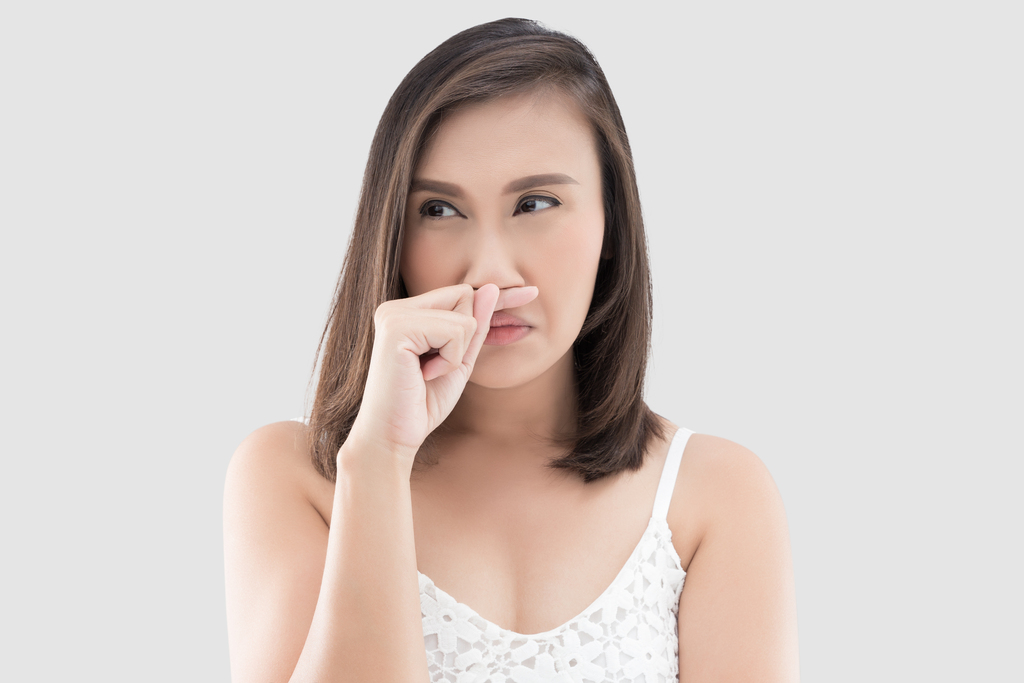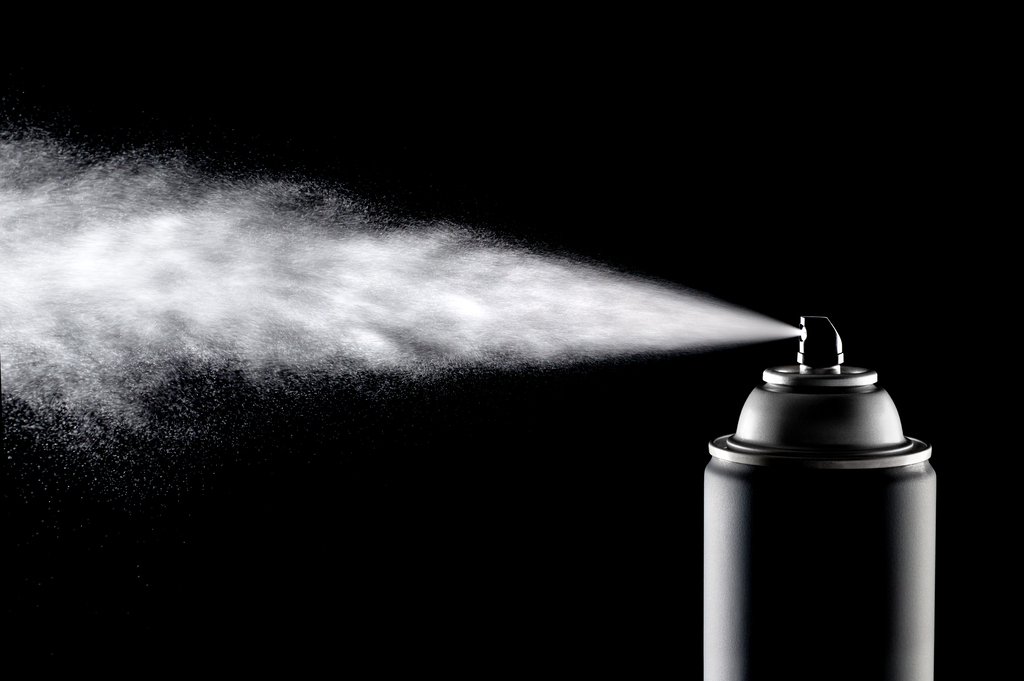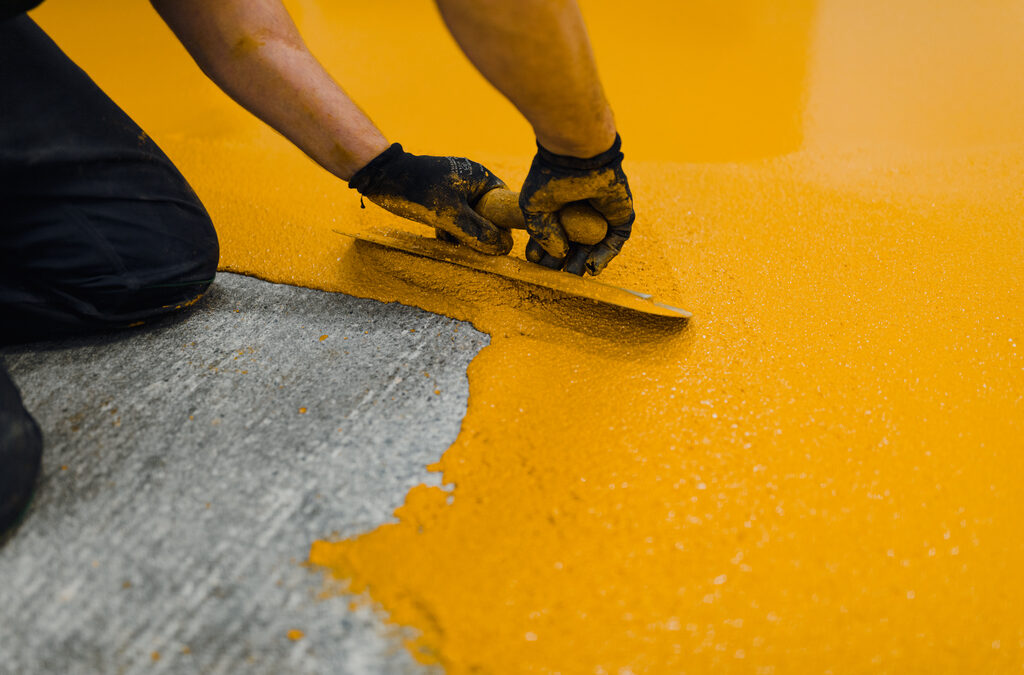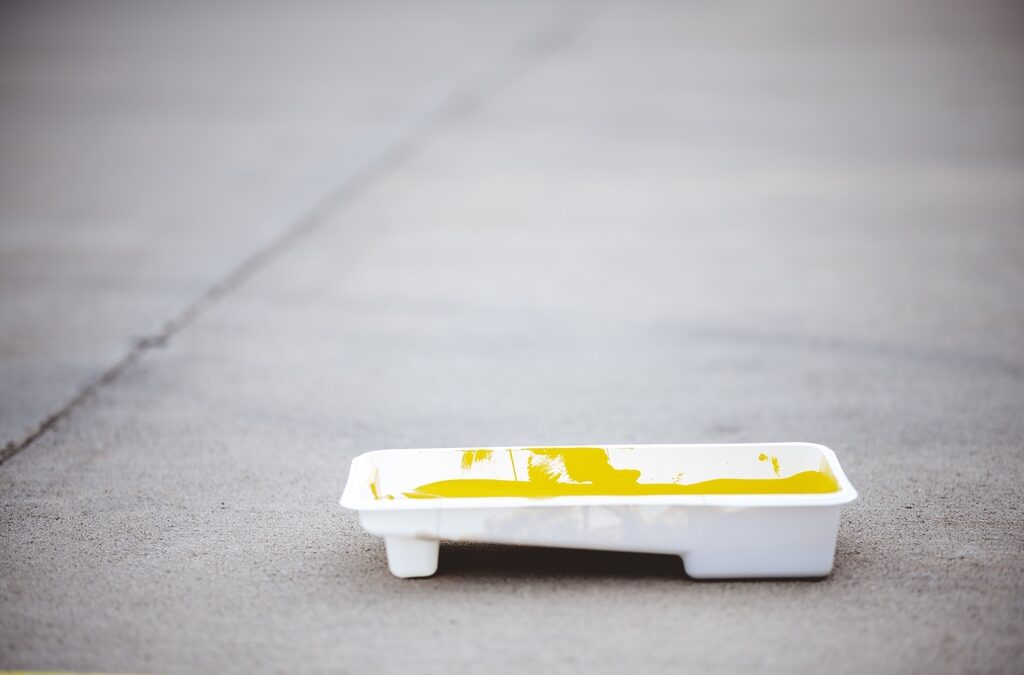Introduction
Painting is a popular activity for refreshing the look of homes and buildings. However, many people are unaware of the potential health risks associated with the fumes produced by paint. These fumes can pose significant health risks, both immediately after exposure and over the long term. Understanding these risks and knowing how to protect yourself can help you enjoy the benefits of a fresh coat of paint without compromising your health.
What Are Paint Fumes?
Paint fumes are made up of volatile organic compounds (VOCs) that evaporate into the air as the paint dries. These compounds include chemicals like toluene, xylene, and formaldehyde, which can have various adverse effects on health. VOCs are not only present in traditional oil-based paints but also in many water-based paints. When inhaled, these compounds can quickly enter the bloodstream and affect various bodily systems, leading to both acute and chronic health issues.

Immediate Health Effects of Paint Fumes
Exposure to paint fumes can cause a range of immediate health symptoms. These include headaches, which are often the first sign of exposure to VOCs. Dizziness and nausea are also common, as the body reacts to the toxic substances in the fumes. Eye, nose, and throat irritation can occur, making it uncomfortable and even painful to stay in a freshly painted room. Respiratory issues, such as coughing and shortness of breath, can develop, especially in individuals with pre-existing conditions like asthma. The severity of these symptoms can depend on factors such as the type of paint used, the ventilation of the space, and the duration of exposure.
Long-Term Health Risks of Paint Fumes
While the immediate effects of paint fumes are concerning, the long-term health risks can be even more serious. Chronic exposure to VOCs can lead to persistent respiratory problems, including asthma and bronchitis. Neurological issues, such as cognitive impairment and memory loss, have been linked to prolonged exposure to certain chemicals found in paint fumes. There is also evidence to suggest that long-term exposure to high levels of VOCs can cause damage to the liver and kidneys. Perhaps most alarming is the increased risk of cancer, as some VOCs are known carcinogens. Protecting yourself from these long-term risks requires more than just dealing with the immediate symptoms.
Vulnerable Populations
Certain groups of people are particularly vulnerable to the effects of paint fumes. Children, whose bodies and immune systems are still developing, can be more severely affected by VOCs. Elderly individuals may have weakened immune systems and pre-existing health conditions that make them more susceptible to the harmful effects of paint fumes. Pregnant women should be especially cautious, as exposure to VOCs can harm the developing fetus. People with pre-existing respiratory conditions, such as asthma or chronic obstructive pulmonary disease (COPD), are also at higher risk and should take extra precautions when exposed to paint fumes.
Safety Measures During Painting
To reduce exposure to harmful paint fumes, it’s important to follow several safety measures during painting projects. Choosing low-VOC or no-VOC paints can significantly reduce the amount of harmful chemicals released into the air. Proper ventilation is crucial; always open windows and use fans to circulate fresh air and dissipate fumes. Wearing protective gear, such as masks and gloves, can prevent direct inhalation of fumes and skin contact with paint. Taking regular breaks to get fresh air can also help minimize exposure, especially during long painting sessions.

Post-Painting Safety Tips
Even after the painting is done, it’s important to continue taking steps to ensure a safe environment. Keep windows open for several days to allow any remaining fumes to escape. Using air purifiers equipped with activated carbon filters can help remove VOCs from the air. Avoid sleeping in freshly painted rooms until the smell of paint has significantly diminished, as this indicates that most of the VOCs have evaporated. These precautions can help reduce the risk of both immediate and long-term health effects from paint fumes.
Natural Remedies to Reduce Exposure
In addition to ventilation and air purifiers, there are natural methods to help reduce the presence of paint fumes in your home. Activated charcoal and baking soda can absorb odors and VOCs from the air. Placing bowls of vinegar around the room can help neutralize fumes due to its acetic acid content. Houseplants, such as spider plants and peace lilies, can also improve air quality by absorbing VOCs and other pollutants. Incorporating these natural remedies can enhance the effectiveness of your other safety measures.
Conclusion
Understanding the health risks associated with paint fumes is crucial for anyone planning a painting project. By being aware of both the immediate and long-term effects, and by taking appropriate safety measures, you can protect yourself and your loved ones from harm. For those who prefer professional assistance, Lifetime Painters offers expert painting services that prioritize safety and quality. Their experience and commitment to using safe, high-quality materials ensure a healthier and more beautiful home improvement experience




